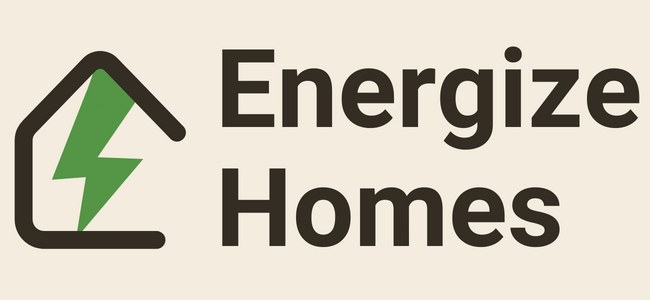Different types of heat pumps for single-family homes
Heat pumps serve as an efficient alternative to traditional furnaces and air conditioners, offering both heating and cooling functions. For single-family homes, various types of heat pumps are available, each with its unique set of advantages, operating principles, and technical specifications. Here’s an in-depth look at different types of heat pumps:
| Type of Heat Pump | COP Range | Primary Components | Best Suited Applications |
|---|---|---|---|
| ASHP | 2.0-3.5 | Outdoor condenser, Indoor air-handler | Moderate Climates, Common Residential |
| GSHP | 3.5-5.0 | Ground loop, Heat exchanger, Indoor unit | Large Land Availability, Extreme Climates |
| WSHP | 3.0-5.0 | Water loop, Heat exchanger, Indoor unit | Proximity to Water Sources |
| AHP | Variable | Gas-fired generator, Heat exchanger, Indoor unit | Limited Electricity, Cheaper Gas |
| Mini-Split | 2.5-3.5 | Outdoor compressor, Indoor air-handlers | Older homes, Supplemental heating/cooling |
Air-Source Heat Pumps (ASHP)
Operating Principle
The ASHP extracts heat from outdoor air and transfers it indoors during the heating season. In the cooling season, it reverses the process.
Efficiency
The Coefficient of Performance (COP) usually ranges from 2.0 to 3.5.
Components
It consists of an outdoor condenser unit and an indoor air-handling unit, connected by a refrigerant line.
Applications
Suitable for moderate climates and commonly used in residential settings.
Ground-Source or Geothermal Heat Pumps (GSHP)
Operating Principle
Utilizes the constant temperature of the earth to exchange heat. Buried loop systems serve as the medium for heat exchange.
Efficiency
Highly efficient with a COP range of 3.5 to 5.0.
Components
Comprises a ground loop (closed or open), heat exchanger, and indoor heat pump unit.
Applications
Ideal for homes with substantial land availability. Can operate efficiently in extreme climates.
Water-Source Heat Pumps (WSHP)
Operating Principle
These units exchange heat with a water source such as a pond, lake, or water well.
Efficiency
COP ranges between 3.0 and 5.0, generally higher than air-source units but lower than ground-source units.
Components
Comprises a water loop, heat exchanger, and an indoor unit similar to that in ASHP.
Applications
Best suited for homes located near abundant water sources.
Absorption Heat Pumps (AHP)
Operating Principle
Also known as gas-fired heat pumps, they utilize ammonia-water absorption cycle instead of a mechanical compressor.
Efficiency
COP varies significantly depending on the fuel source but generally lower than electric heat pumps.
Components
Similar to ASHP but replaces the electrically driven compressor with a gas-fired generator.
Applications
Ideal for homes with limited electricity availability or where gas is cheaper.
Mini-Split or Ductless Heat Pumps
Operating Principle
These are air-source systems without ductwork, suitable for heating or cooling individual rooms.
Efficiency
Variable, but often slightly lower COP compared to centralized systems, ranging from 2.5 to 3.5.
Components
Includes an outdoor compressor and indoor air-handling units in each room.
Applications
Ideal for older homes without existing ductwork or as supplemental heating/cooling.
Choosing the right heat pump involves evaluating several factors such as climatic conditions, land or water availability, and specific energy needs. Always consult with an HVAC professional to determine the most appropriate system for your home.
